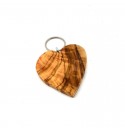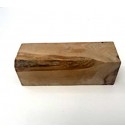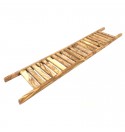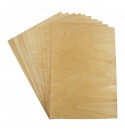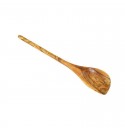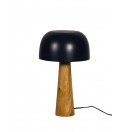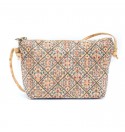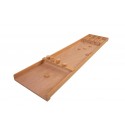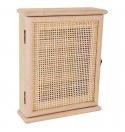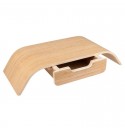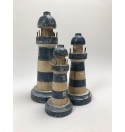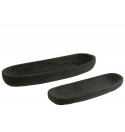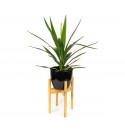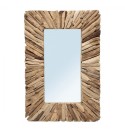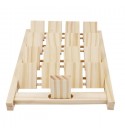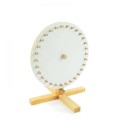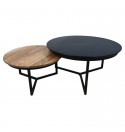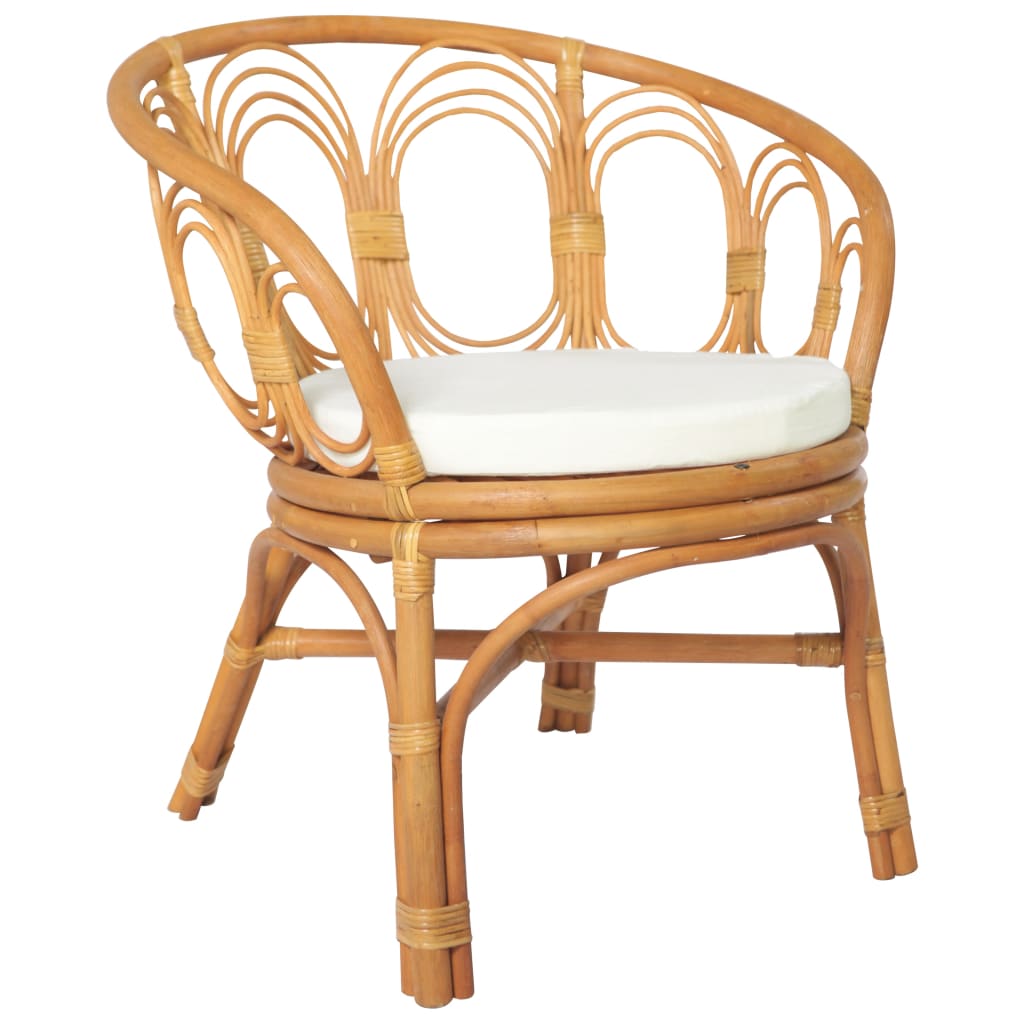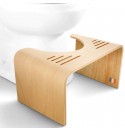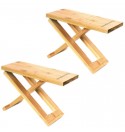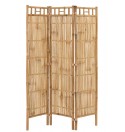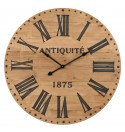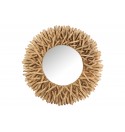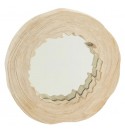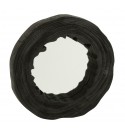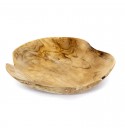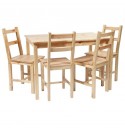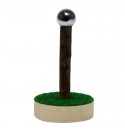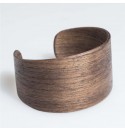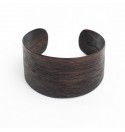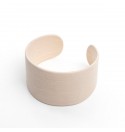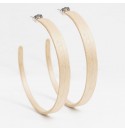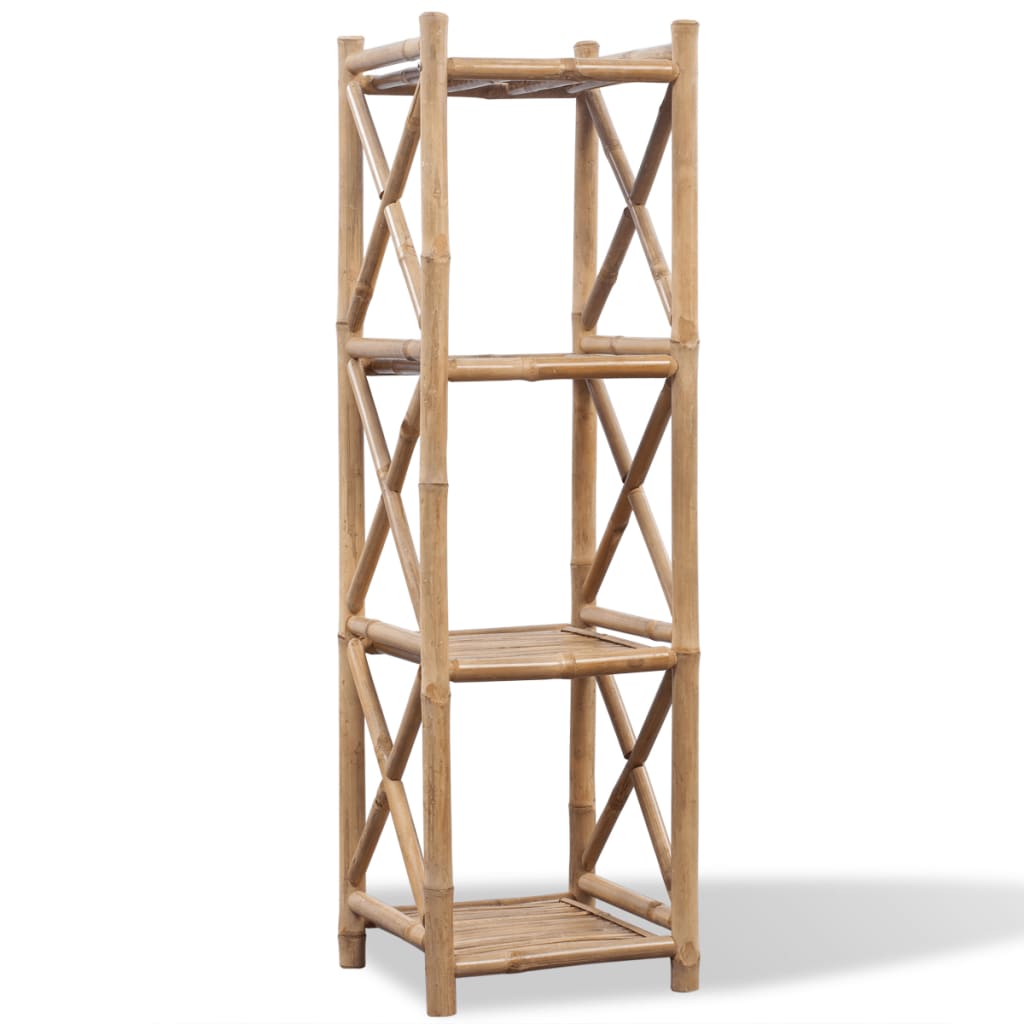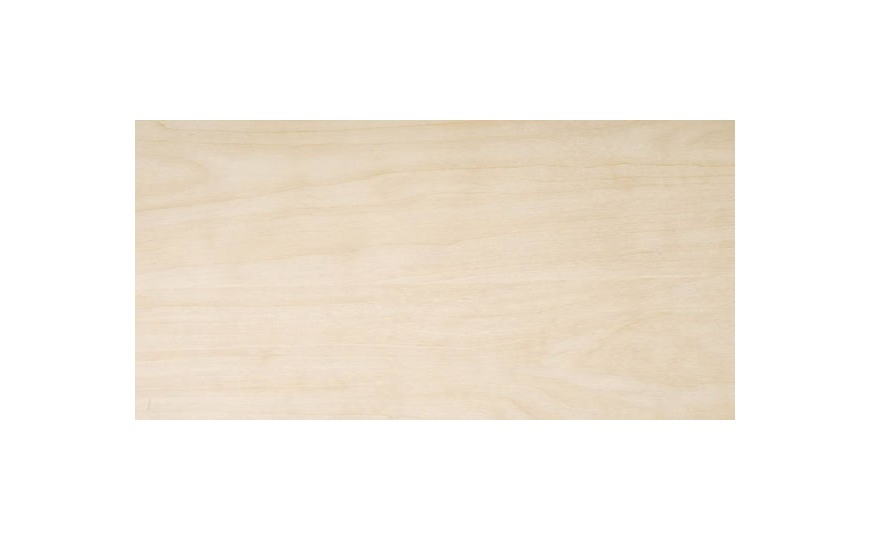Characteristics of Poplar wood
Characteristics & uses of poplar and its wood
The tree of a is part of the large deciduous family, that is to say that it loses its leaves in the fall
Variety of poplar wood species
There are many varieties or species of poplars in the world. Here are some of the main poplar species that can be found around the world:
Black poplar (Populus nigra): This is a species of poplar that grows mainly in Europe and Asia. It is characterized by its toothed leaves and glaucous buds.
Aspen poplar (Populus tremula): This species of poplar is also found in Europe and Asia. It is distinguished by its diamond-shaped leaves that tremble at the slightest breath of wind.
Cottonwood (Populus deltoides): This is a species of poplar that grows in North America, especially along waterways. It is characterized by its triangle-shaped leaves.
Italian poplar (Populus nigra italica): This is a variety of black poplar widespread in Europe, characterized by its slender habit and narrower leaves.
There are many other species and varieties of poplars around the world, each with specific morphological and ecological characteristics.
Poplar wood cultivation
Poplar wood is harvested in many parts of the world where the species grows naturally or has been introduced. Poplar is indeed a widely used species of wood for many applications, including panels, furniture, packaging, etc. There are therefore different species of poplar in Europe, Asia and America.
Poplar wood aesthetics
Poplar wood has an attractive appearance with a fine grain and light hues. Its grain is generally straight, although variations may occur. Poplar wood colors vary from white to pale yellow, sometimes with hints of light brown.
Due to its natural aesthetics and light color, poplar wood is often used for furniture, paneling, cabinetry, and interior projects that require a bright, warm appearance.
Poplar Wood Uses
Poplar wood is widely used in various fields due to its properties and versatility. Here are some of its main uses:
Furniture: Poplar wood is highly prized for making light and elegant furniture, such as chairs, tables, shelves and cupboards.
Packaging: Poplar wood is used to make industrial pallets, crates and packaging due to its lightness and strength.
Interior joinery: Poplar wood is used for paneling, moldings, baseboards and other decorative elements inside buildings.
Crafts: Poplar wood is used in crafts for carvings, decorative boxes, picture frames, and other decorative objects.
Papermaking: Thin sheets of poplar wood, called poplar plywood, are used to make particleboard for the furniture industry and for stationery applications.
Advantages of poplar wood
Poplar wood has several advantages that make it a popular material in different industries:
Lightweight: Poplar wood is one of the lightest woods available, making it easy to handle and transport, and suitable for projects where weight is a factor.
Workability: Its soft texture and fine grain allow poplar wood to be easily cut, shaped, nailed and glued, making it an ideal material for craftsmen and carpenters.
Fast drying: Poplar wood dries quickly due to its low density, which reduces the chances of warping and cracking during the drying process. This makes it suitable for use in projects that require fast-drying materials.
Affordable Cost: Poplar lumber is generally less expensive than other wood species, making it an economical option for many projects. Its widespread availability also contributes to its affordability.
Versatility: Poplar wood is used in a variety of applications including furniture making, interior finishes, particle board, cabinetry, industrial packaging and many more.
Environmental impact: Poplar is a species of wood that has a relatively short growth time, which makes it renewable more quickly than some other species. This helps reduce its environmental impact and make it more sustainable.
Disadvantages of poplar wood:
Poor durability: Poplar wood is less durable than some other wood species, especially oak wood. It is more prone to damage from weather, insects and rot, which may limit its life in some outdoor applications.
Sensitivity to moisture: Poplar wood has a low density, which makes it more susceptible to moisture absorption. With prolonged exposure to water or humidity, it may warp, crack or degrade faster than denser wood species.
Low impact resistance: Due to its low density, poplar wood can be less resistant to shocks and impacts than harder woods like oak. It may be more susceptible to chipping or splitting when subjected to significant stress.
Less rich aesthetic appearance: The grain of poplar wood is generally simpler and less pronounced than that of oak wood or other high-end wood species. This may make it less attractive for furnishing and decorating projects requiring a rich, distinctive appearance. Additionally, poplar wood can sometimes be difficult to stain evenly due to its uneven absorption of finishing products.
Commercial use of poplar wood
Poplar wood is used in different forms depending on specific needs and applications. Here are some examples :
Solid Wood: Solid poplar wood is used for lightweight furniture, cabinetry, interior doors, and other applications where lightness is a plus.
Poplar Veneer: Poplar veneers are commonly used for furniture, doors, and cabinetry, providing an attractive finish at a lower cost.
Industrial wood and processing: Poplar wood is also used in the manufacture of particle board and plywood, suitable for a variety of industrial and carpentry applications.
Poplar wood is valued for its versatility, ease of workability, and affordability, making it a popular choice in various industries.
Poplar wood prices
Poplar lumber is generally priced lower than oak lumber due to its more widespread availability and shorter growing time. The difference in cost may vary depending on regions and sources of supply, but in general, poplar wood is considered a more economical option.


